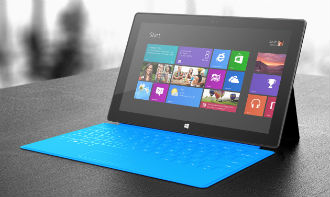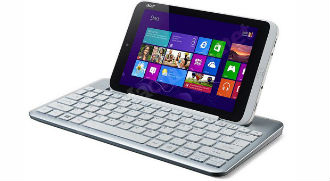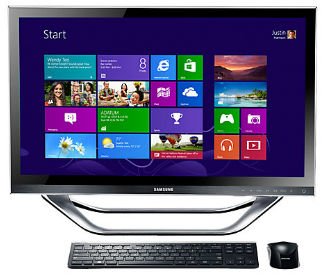 Over the next six to 12 months Microsoft’s cloud partners are going to have a major headache keeping up with the sweeping changes that Microsoft is planning.
Over the next six to 12 months Microsoft’s cloud partners are going to have a major headache keeping up with the sweeping changes that Microsoft is planning.
Microsoft Australia partner business and development director, Dean Swan has warned resellers down under that there is going to be a sudden rush of new products and ideas coming in the next six months to a year.
Swan told ARNnet normally they only had to cope with a major new technology release would occur every three to four years.
Resellers needed to work out how to keep sales, pre-sales, and technical teams trained and up to speed with what is happening in the Redmond cloud.
He warned that if a business model was 100 percent service delivery, companies will have to consider what it would look like if 20 percent was managed services delivery that is Cloud-oriented.
Swan also cautioned that companies should not concentrate on the hype but show ways to build a profitable business around the Cloud.
Partners will need to work out the time it will take to achieve the appropriate business model and what form of training is necessary.
Swan said to have a look at what customers are asking for, what they expect from a Cloud vendor and what are they looking for when they move to the Cloud.
Partners must commit to understanding what the Microsoft technology can do and effectively present its capabilities as being powered by the Cloud.
















